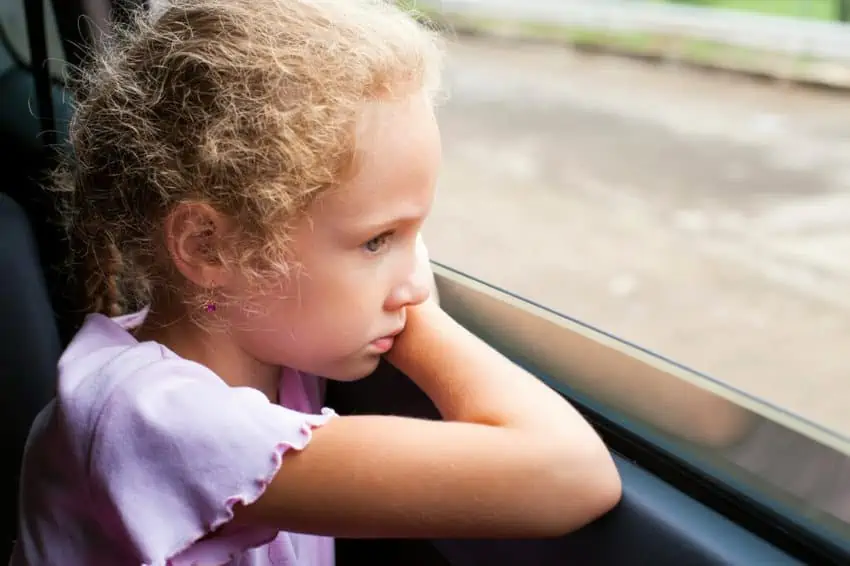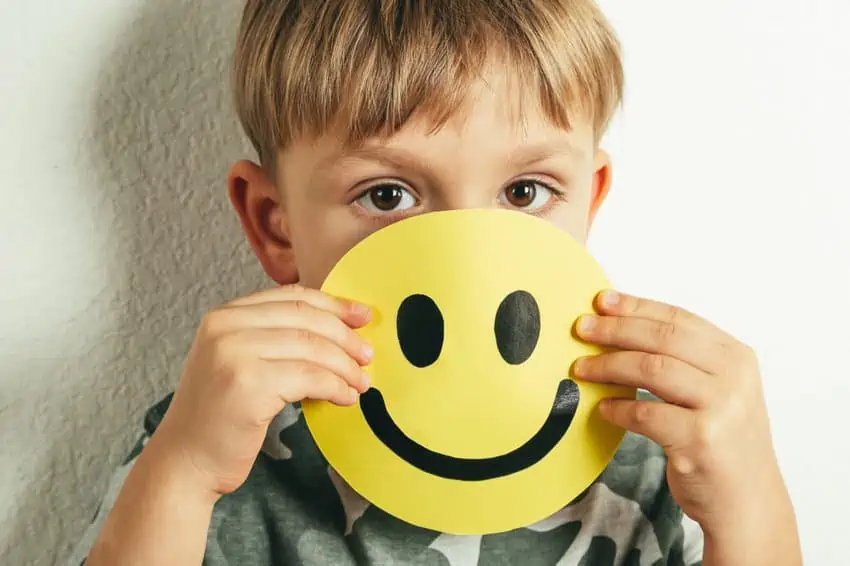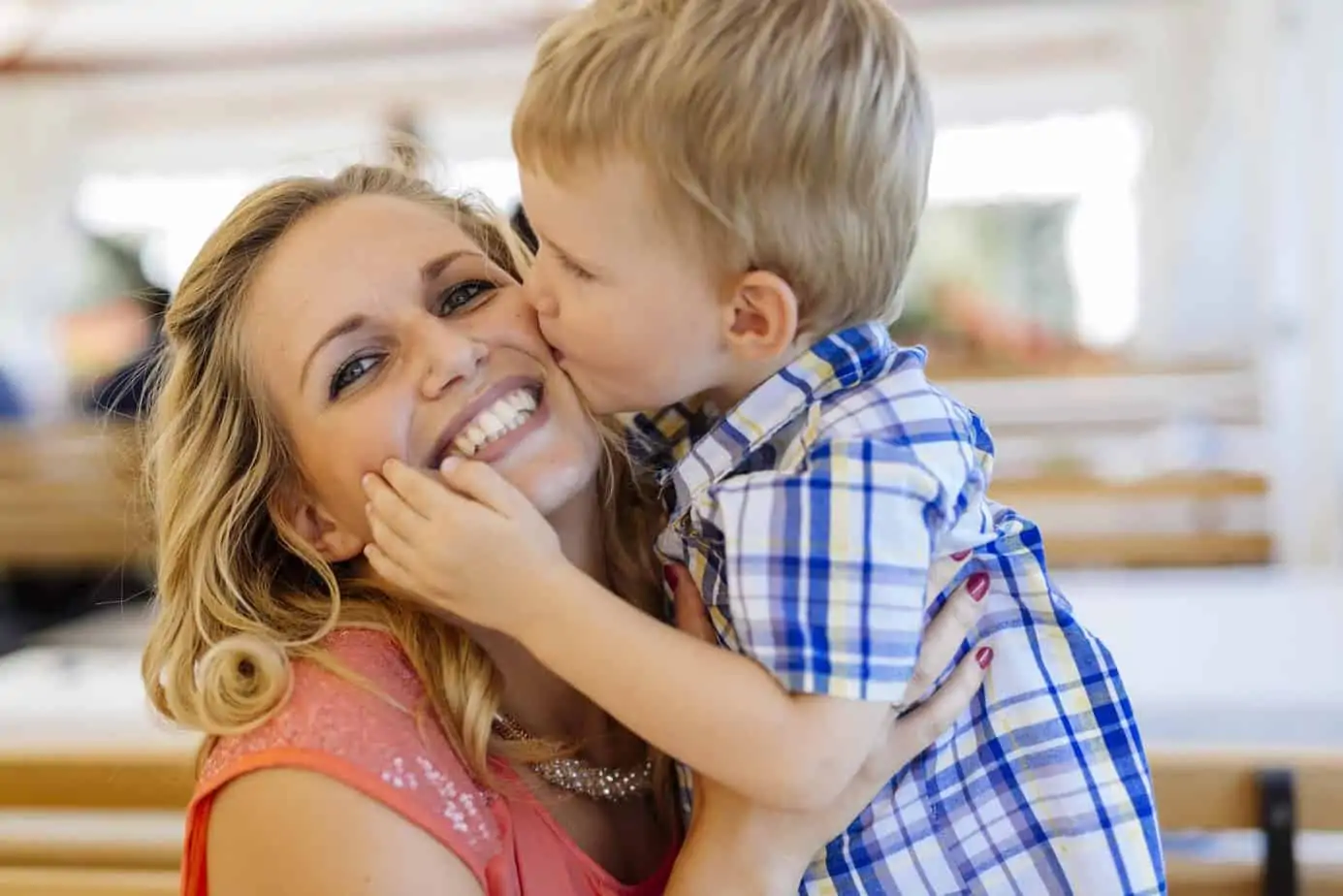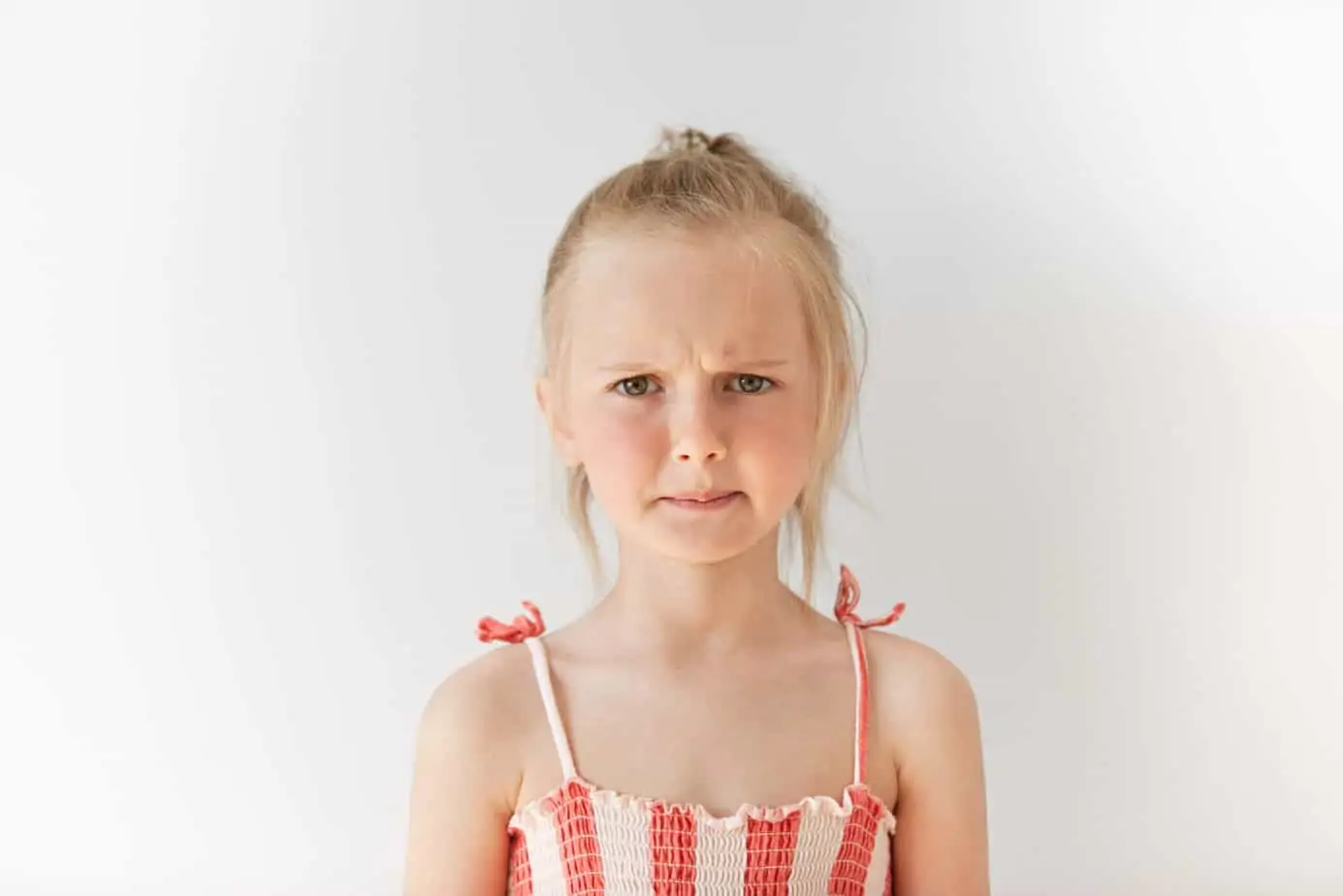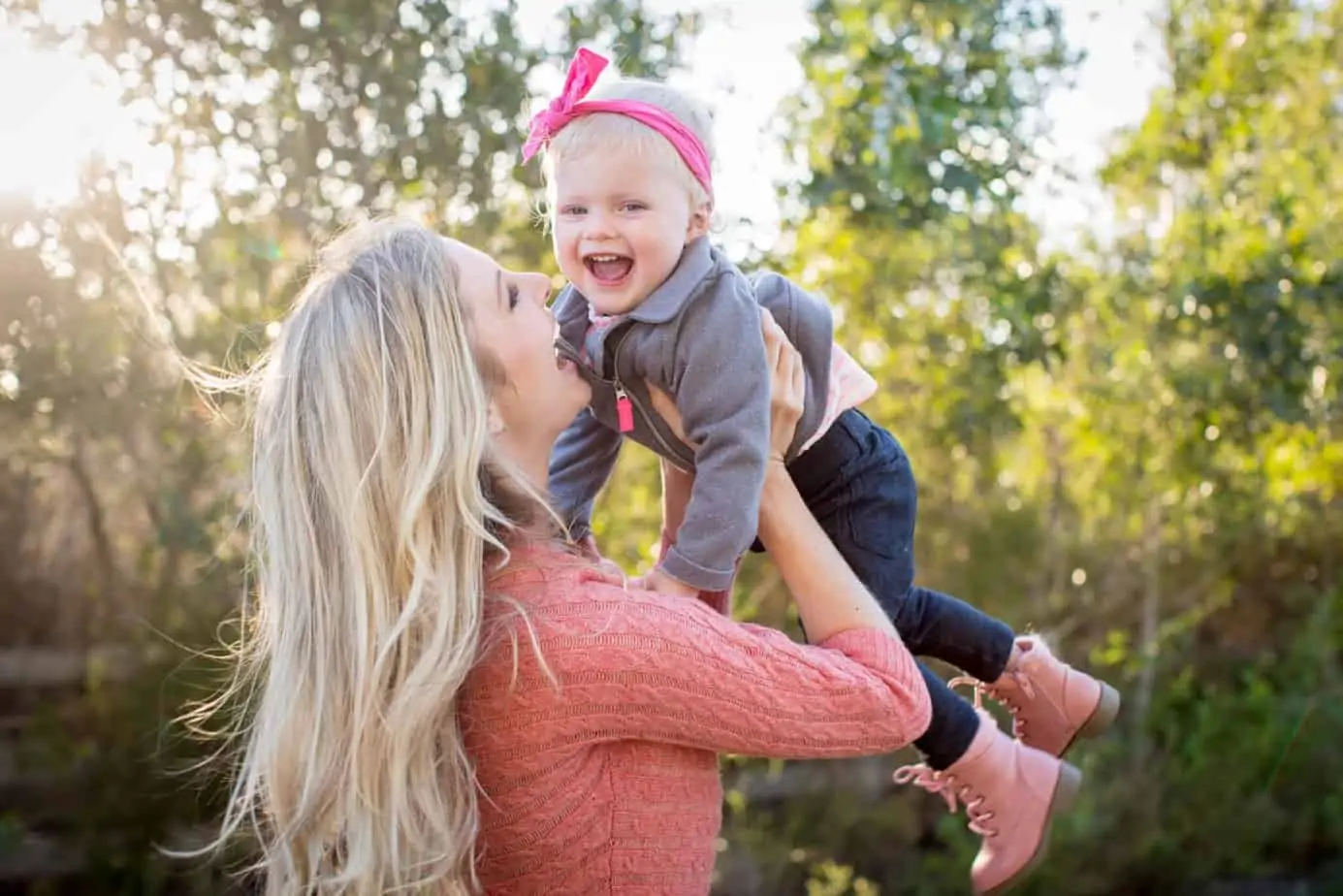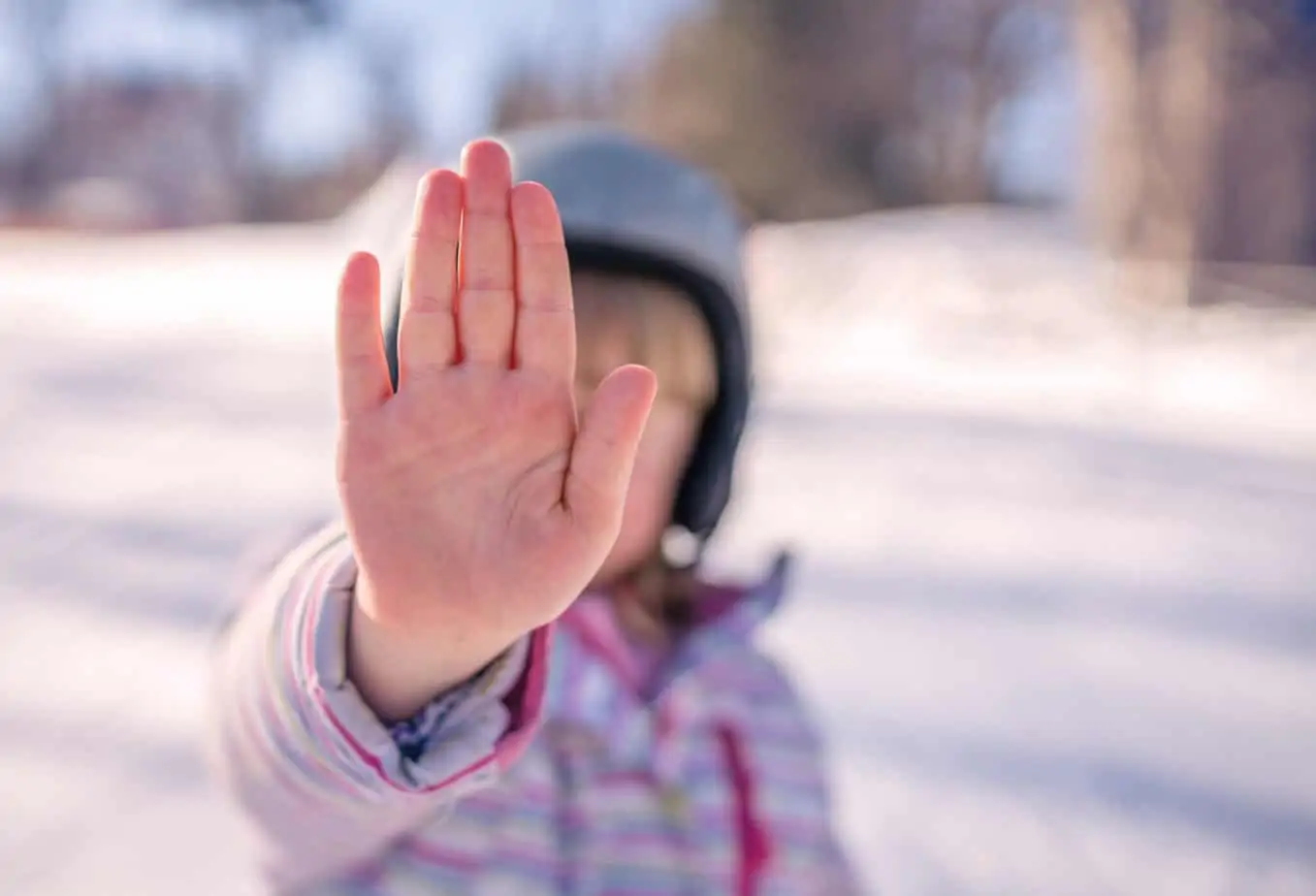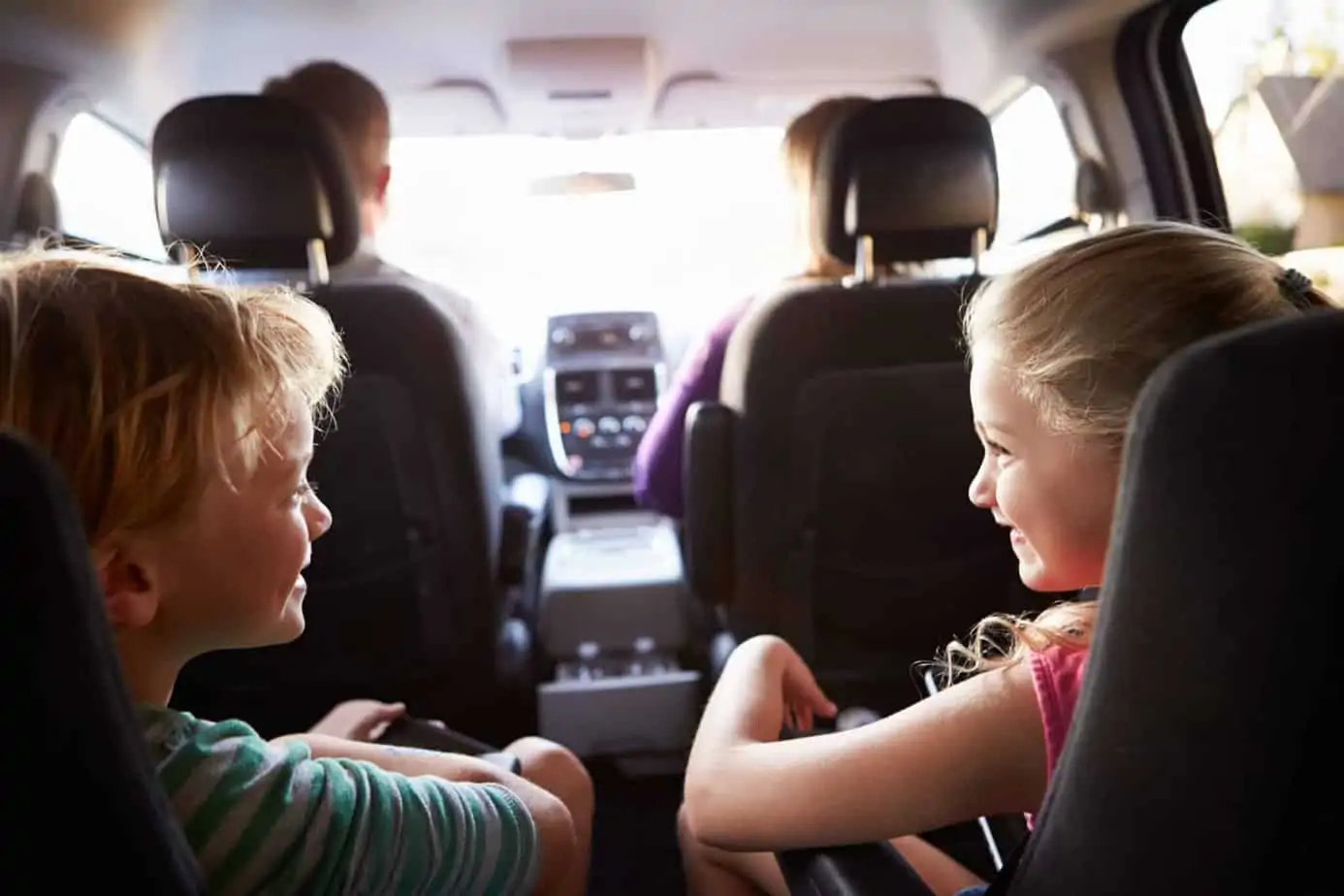When anxiety lingers, it affects children in their day-to-day life. Get ahead of their worries by recognizing these signs of child anxiety. Check out the emotions identification toolkit to help kids dive deep into their feelings and emotions and uncover what’s going on under the surface and feel confident to communicate these revelations.
From time to time, parents and children alike are known to be anxious over things. For most people, it goes away, but for others, it lingers and affects their ability to function. An estimated 9.4% of children in the US aged 3-14 experience anxiety, making it one of the most common issues affecting children. This is why it’s so important to understand the signs of child anxiety as a parent!
There are many signs of child anxiety that we’re familiar with;
- The inability to sit still
- Being nervous
- Breathing fast
And, many more physical symptoms.
However, many lesser-known signs could be masked as something else or going on underneath the surface. For instance, frequent urination, nightmares, and becoming clingy are all signs of child anxiety.
While everyone experiences anxiety from time to time, chronic anxiety can be detrimental to physical and mental health and is a major concern. Anxiety and depression are often linked, so it’s important to tackle consistent anxiety as soon as it becomes prevalent.
This article will help you take control over your child’s anxiety and get them the support and assistance they need. This way, you can step in as soon as you notice something is up, even if it’s not immediately obvious.
What is Anxiety?
Anxiety is a very common issue for children and adults. For both, anxiety can look and feel like many different things. It can manifest as physical or mental symptoms. Anxiety triggers a fight or flight response in the body. It senses danger and goes on high alert. This creates an immediate and unnerving response in the body.
Most people experience some form of anxiety for a short amount of time, lasting just a few minutes to days. For others, it doesn’t go away for weeks, months, or years. This is known as chronic anxiety.
When anxiety interferes with daily life, it’s considered an anxiety disorder.
Many people mix up stress and anxiety as the same thing. While there are many similarities between the two, stress often arises from external factors, but anxiety can be more difficult to pinpoint.
More often than not, the cause of anxiety remains unknown. It’s believed that anxiety in kids can arise due to genetics, traumatic experiences, or even underlying health issues.
Signs and Symptoms of Child Anxiety
As mentioned above, the signs of child anxiety will vary greatly depending on the child and situation. Everyone’s body reacts differently, resulting in a mix of physical symptoms, thoughts, emotions, or behaviors.
As a parent, anxiety in kids can easily go unnoticed for a while. Many of these child anxiety signs are minor or can be mistaken for something else. While it’s simple to label a child as just being difficult, it may be better to ask yourself why they are acting this way.
Physical Signs of Child Anxiety
A general feeling of being unwell can be a result of anxiety. Frequent stomach aches with no obvious cause can occur when your child feels anxious. It can also manifest as:
- Cold sweats
- Frequent colds
- Racing heart
- Shaking or trembling
Anxious children can have difficulty staying still. They will fidget with their fingers and move around while sitting. You’ll even notice that the need to go to the bathroom increases.
Constant Fatigue
Many don’t think of being tired as a sign of child anxiety as we often think of anxious people as jittery and wired. But constantly worrying can certainly be exhausting!
You may notice that your child needs to sleep in frequently, is unable to stay awake, and has trouble staying alert and focusing. It can also disrupt their sleep, causing them to wake in the middle of the night or experience bad dreams.
Being Avoidant
Kids who suffer from anxiety often do not want to go to school. They’re reluctant to hang out with old friends and make new ones. They don’t want to try new activities and refuse to even go on fun field trips.
Whether conscious or not, avoiding situations where their anxiety might spike is common for anxious kids.
Check out the emotions identification toolkit to help kids dive deep into their feelings and emotions and uncover what’s going on under the surface and feel confident to communicate these revelations.
Lashing Out
Anxious children may quickly get angry or irritable. It can be difficult to talk, reason with, and control the kid during these outbursts. This often occurs when they are being asked to do something that causes them anxiety.
Change of Appetite
Many of these symptoms can lead to a change in appetite. Children may not eat properly, either eating too much or too little. Some may find comfort in food, while others don’t want to eat due to an upset stomach.
Perfectionism
There’s a major difference between perfectionism and being a hard worker or developing self-improvement. Perfectionism is when this attention to detail becomes obsessive; they fear the consequence of not being good enough. This can also result in a frequent need for reassurance from the parents!
Panic Attacks
Panic attacks can be a very upsetting sign of anxiety for kids to go through. They arise as sudden feelings of fear or distress. It can last just a few moments, lasting minutes, and unfortunately, even longer if they are unable to calm down.
Usually, panic attacks feel like difficulty breathing causing hyperventilation or a sensation of choking. A child might comment on a fear of losing control or a fear of dying. Other symptoms include:
- Sweating
- Dizziness
- Chest pain or tightness
Sometimes panic attacks feel like other health concerns. People will go to the ER thinking they’re experiencing something else in their panic.
Child Anxiety Treatment at Home
After you have been able to distinguish the signs of child anxiety, there are a few things you can do at home to help anxiety in kids. While you can’t eliminate anxiety completely for your child, you can help them manage it.
The most important thing is to still challenge them. It can be difficult to see a child so anxious, and as a parent, you want to avoid these situations to make them feel better.
However, this is only a short-term solution. Your child needs to learn how to tolerate these anxieties and function alongside them so it doesn’t affect day-to-day life.
You also need to create a safe space for your child so that they will feel comfortable opening up about their anxieties with you. The worse thing for them is to keep it bottled up inside. Always listen to them and give them support when you can while also encouraging them to problem solve on their own.
The emotions identification toolkit to help kids dive deep into their feelings and are so beautiful you can put them in a calm corner, on the wall or taped in a place they feel most comfortable.
It’s a fine line between respecting their feelings and also ensuring you don’t agree with the feelings. Yes, it’s normal to feel anxious, but you don’t want to empower them for anxieties about everyday situations. For example, “It’s okay to be scared, but we can do this together.”
For more information, check out this article on how you can help children with anxiety.
When to Worry about Child Anxiety
How do you know when these signs of child anxiety are something to worry about? It’s time to seek help about anxiety in kids when it interferes with daily life!
If your child finds anxiety difficult to control and you’re not sure how to help, seek help beginning with your general practitioner.
You can also seek help if you believe there’s an underlying health issue or disorder. Here are some common anxiety disorders that affect children.
Generalized Anxiety Disorders
Generalized anxiety disorders are when a child experiences constant anxiety about activities or events. This can even apply to normal situations such as going to school or daycare or everyday situations like doing chores or working on homework.
The child is anxious even though the worry surpasses the risks of the situation. This results in ongoing worry and tension as well as physical symptoms.
Selective Mutism
Selective mutism is when a child won’t talk in specific places or situations. They have the ability to speak and will do so when they’re comfortable, often with parents and at home.
Kids with selective mutism will often refuse to speak at school or even amongst relatives such as grandparents. Sometimes, they will use nonverbal forms of communication such as pointing or shrugging.
This can greatly affect their everyday life at school and their social life, leading to academic problems and social isolation. Usually, this begins before the age of five, and most children outgrow the condition.
Separation Anxiety Disorder
This is a common childhood condition and a normal part of childhood development. Separation anxiety occurs when a child experiences anxiety when separated from their parents. Most often, infants outgrow separation anxiety at 18 months.
However, it can continue and turn into a disruption for the parents. The child may be worried about losing their loved one, can’t sleep or be away from home without that person, or experience nightmares about this separation.
The Takeaway
While a normal feeling, anxiety is a difficult emotion to tackle and teach. If you see some of these signs of child anxiety with your kid, the best thing you can do as a parent is work through it together!
Encourage your child to tolerate these anxieties and know that they will come out better after working through and alongside their anxieties.
Related Articles On Anxiety & Big Emotions
- How To Help Children With Anxiety
- How To Help Kids With Bottled-Up Emotions
- 5 Grounding Techniques for Kids with Anxiety & Big Worries
- 11 Helpful Tips For Parents With Strong-Willed Children
- 7 Signs A Children’s Mental Health Day Is Needed
- How To Meet The Core Emotional Needs Of A Child
- Teaching Feelings & 6 Steps to Help Kids Express Their Emotions
Want even more?
Shop All Parenting Resources
Shop all of our parenting resources from self-regulation tools and managing big emotions to building self esteem and confidence. There are resources for all seasons of life!
